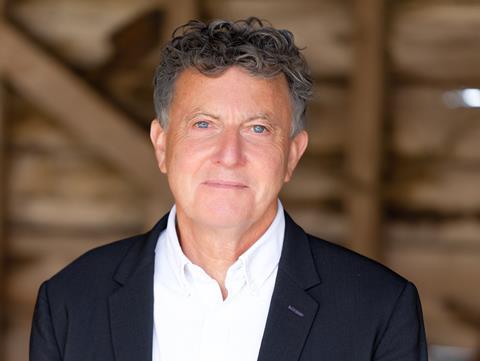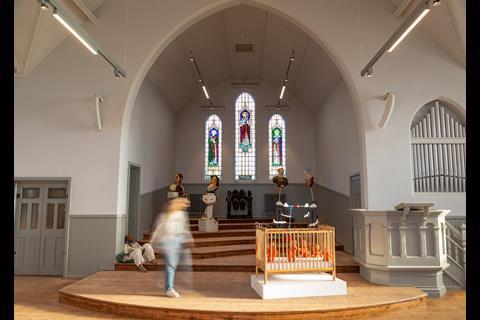Following reports that Chris Williamson was sounding out support for a potential RIBA presidential campaign, BD asked him to share his reasons for running

BD asked me why I am considering throwing my hat into the ring to become next RIBA president.
At this stage, I’m not actively campaigning – that can only start in May when all the nomination forms have been submitted. Still, it’s hard to gather the 60 “assentors” needed to support you without word getting out. And perhaps limiting debate to a month doesn’t generate sufficient interest to encourage architects to vote.
Maybe the whole idea of campaigning on a platform is somewhat out of date when the RIBA president doesn’t have the authority to dictate policy – quite rightly in a two-year term. Still, they need to work closely with the board, council and most importantly, members. So, the more time taken to understand each other and establish mutual respect, the better. I currently have 49 “assentors”, a diverse group of students, Stirling Prize winners, young, international and regional architects. If I do stand, I would rather encourage 20,000 to vote and I lose by 1,000 than have only 7,500 take part. Whoever becomes president should speak for a vibrant, engaged professional community.
The RIBA is under-appreciated in the UK, yet in my experience as their international vice president, very well thought of overseas. So many other institutes around the world would like to work with us, whether that’s developing life-long learning programmes or collaborating to tackle global challenges, like climate change and urbanisation. In the UK we have great knowledge, experience and also cultural capital, and there is huge potential for us to work more closely with other institutes and organisations.
When the time does come to debate, there are significant challenges to discuss. Most architects are concerned about pay, whether salary or fees, and this issue is only likely to become more pressing. If we think the profession is under threat by less qualified designers then wait until AI really gets going. We need to be more empathetic, listen to our clients better – for many, the future will also mean acquiring new business skills.
My understanding and impetus has been reinforced through running Ilkon, a community arts centre I set up in my home town of Ilkeston, Derbyshire. It exists to champion creative talent in the East Midlands, where there is so much exciting work being done. We have forged great links with art, film and architecture students at Derby, De Montfort, Trent and Nottingham Universities. I employ a young artist in residence to run the day-to-day programme and the enthusiasm generated is fantastic – I truly believe Ilkeston could be a cultural hub for the East Midlands.
To help encourage this, I have been working with 90 architecture students and the local council on how we might turn this single attraction into a cultural destination, taking advantage of the huge catchment area of the Nottingham-Sheffield-Leeds train line. The ideas the students have generated have been inspiring. We all learn from each other and we’re now setting up workshops with businesses, the community and local architects to develop them further.
It reminded me of the importance of showcasing ideas. When Andrew Weston and I were trying to get Weston Williamson established, we invented our own projects to try to demonstrate our design work. One scheme was chosen for the Royal Academy Summer Exhibition and led to a commission for a research laboratory. We learned from inspirational architects like Ron Herron, Peter Cook and Ian Ritchie that this was a valid route, and we were encouraged by Jose and Michael Manser. There is incredible talent in the young architects I work with. We need to ensure we continue to champion, publicise and exhibit it. Not just built work, which can be hard to get off the ground, but the ideas, which are the lifeblood of our profession.
Looking back, there were key exhibition opportunities, like the 1985 RIBA 40 under 40. This launched or established the careers of Allsop, McAslan, Stanton Williams, Chipperfield, Powis, Levete, Allies and Morrison, and many others. We all benefitted from a RIBA policy of encouraging clients to put at least one young architect onto each shortlist.
So, to answer the question – there are many reasons why I will try to submit my nomination. It’s about the future of the RIBA and how it can support the young architects, students and apprentices I’ve been working with; to create the conditions for them to thrive in their careers – as it helped ours. With all the challenges ahead, their need is even greater.
Postscript
Chris Williamson is chair of Weston Williamson + Partners.


















No comments yet